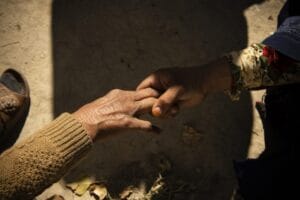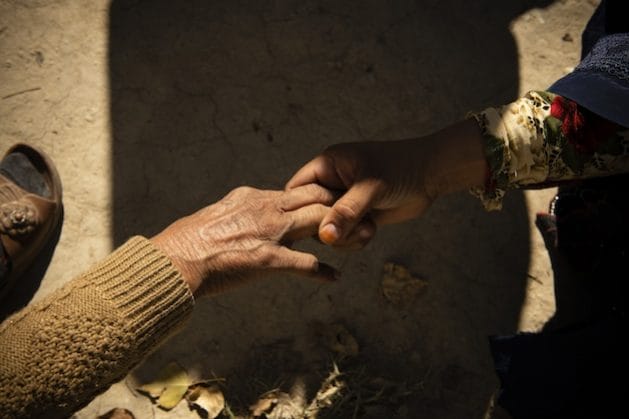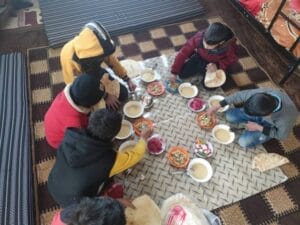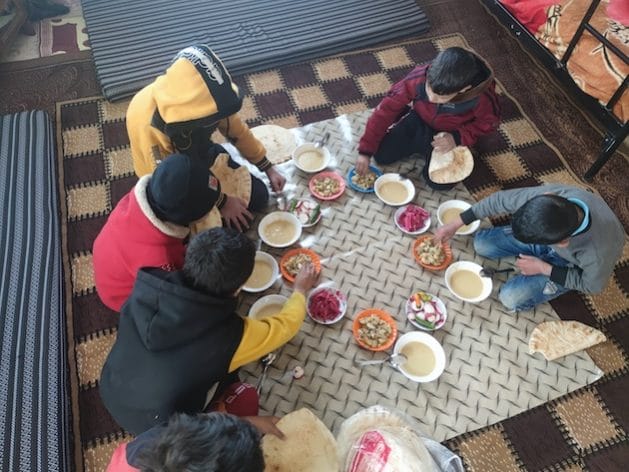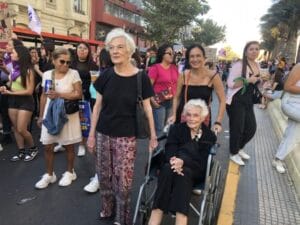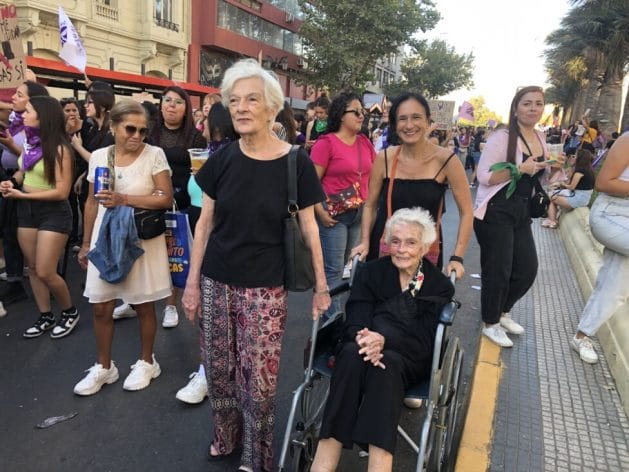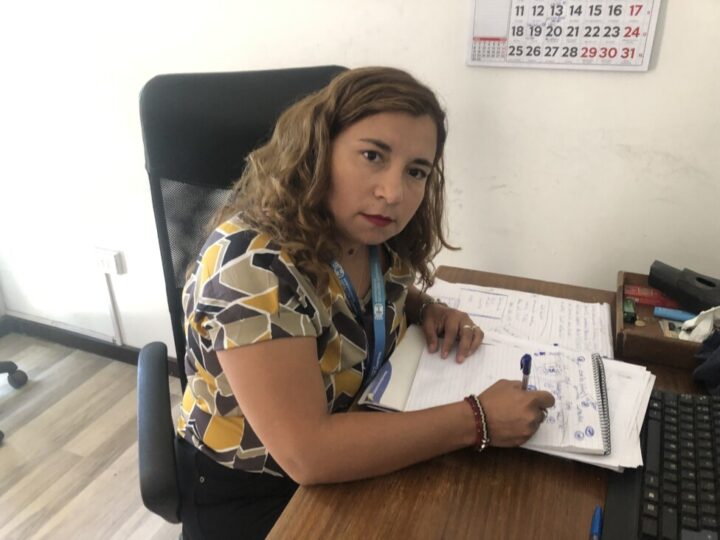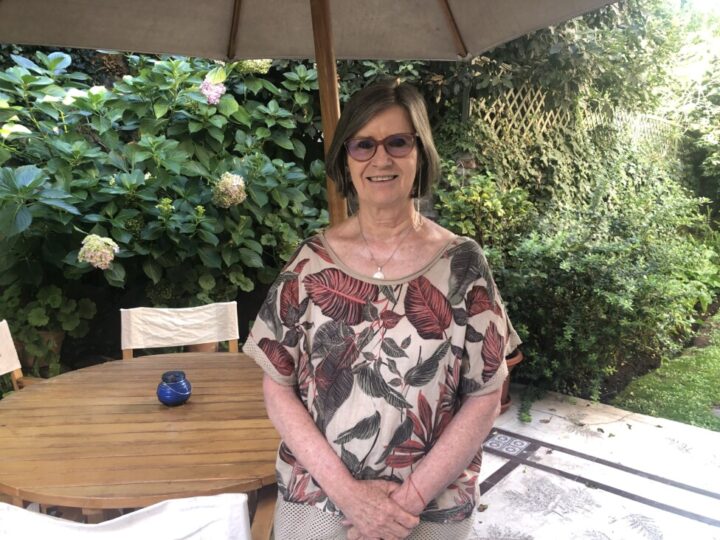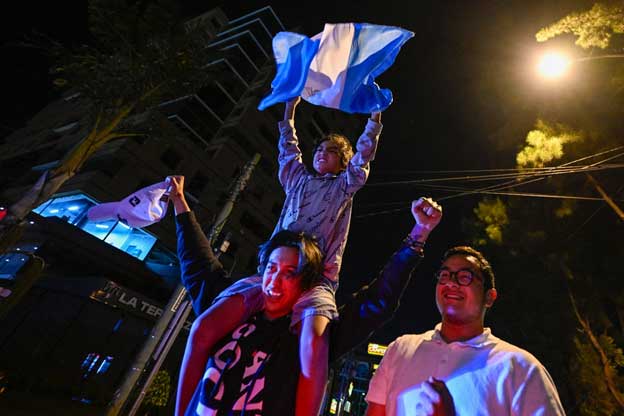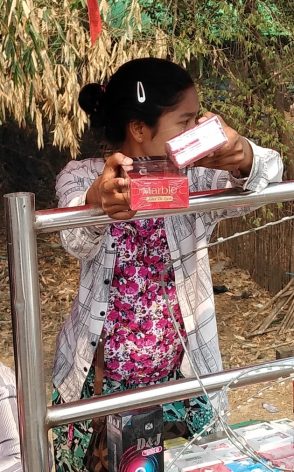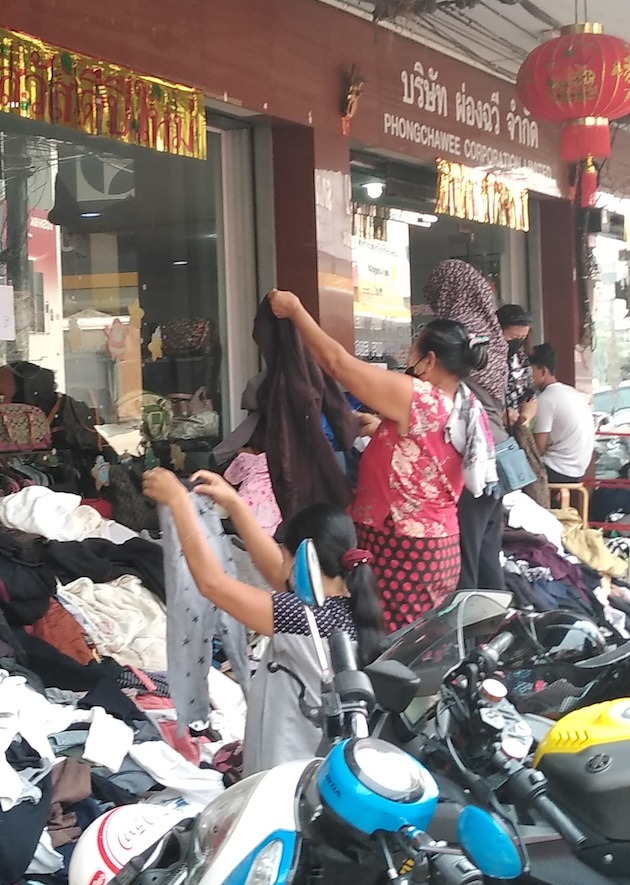
Asia-Pacific, Civil Society, Development & Aid, Editors’ Choice, Environment, Featured, Food and Agriculture, Headlines, Sustainable Development Goals, TerraViva United Nations

Monsoon rains in Tamil Nadu, Chennai, India. Credit: Ganesh Partheeban/Unsplash
– Agriculture in India need not ‘gamble’ with the monsoons if accurate weather and climate forecasts are proactively made available to farmers, according to the results of a new experimental study conducted by the University of Chicago.
Approximately 70–90 percent of total annual rainfall across most of India, a major agricultural producer, occurs during the June to September monsoon, which varies widely in onset timing and quantity, making predictions difficult for farmers, says the study published February 26, 2024, as a non-peer-reviewed working paper.
While the Indian Meteorological Department (IMD) has advanced monsoon forecasting systems, researchers from the Energy Policy Institute at the University of Chicago found that farmers in southern Telengana state, where the study was conducted, tended not to rely on IMD or other forecasts.
“For whatever reason, few of the farmers we talked with in Telengana were using a forecast about the timing of the local start of the monsoon to help guide their planting decisions,” says Amir Jina, senior fellow at the Energy Policy Institute, University of Chicago and author of the study.
While Indian farmers have traditionally depended on official forecasts issued by the IMD, first established in 1875, the Chicago team relied on forecast data generated by the Potsdam Institute for Climate Impact Research (PIK).
“The PIK model produces a probability distribution of potential onset dates, which can be summarized as a likely onset date range, making it easy for farmers to understand,” the study said.
“This particular study looks at a new approach to forecasting the onset of the Indian Summer Monsoon over southern India’s Telangana region that can predict the arrival of the monsoon across India four to six weeks in advance,” says Fiona Burlig, coauthor of the study and assistant professor at the Energy Policy Institute, University of Chicago.
PIK, under a climate capacity programme that covers East Africa, Peru, and India, focuses on staple crops in India, makes use of semi-empirical modeling frameworks, and combines them with satellite remote sensing earth observation data.
In the experimental study, PIK forecasts enabled farmers to make early decisions about key inputs such as the type of crops, labour supply, and fertilizer purchases, significantly improving profitability. “PIK forecasts were especially accurate over Telangana State, the site of our experiment,” says Burlig.
Burlig and her team studied how farmers across 250 villages in Telangana changed their planting strategies once they were convinced of the high accuracy of the monsoon forecasts. An early monsoon typically means a longer growing season, suited to cash crops like cotton, while later monsoons would help farmers decide to grow lower-value subsistence crops like paddy, the researchers said.
“This is measured proof for IMD how important the work of forecasting is for farmers in India and can help thinking about how to measure even more benefits of other types of forecasts from the IMD that the farmers use. All the progress IMD makes should be validated and encouraged by this basic fact,” Jina tells SciDev.Net.
“Farmers find that climate change is increasingly making predictions of the monsoon’s arrival and other weather patterns difficult,” says Burlig. “Our study, which was conducted in an area of low agricultural productivity, demonstrated how the new forecasts were able to deliver accurate monsoon predictions even in a changing climate.”
Because climate change increases weather variability, farmers are reluctant to take risks and typically tend to underinvest for the season ahead, Burlig said. A pre-season survey by the team in Telangana found wide variations in farmers’ estimations of when the monsoon would arrive.
The study experimentally evaluated monsoon onset forecasts in 250 villages, which were divided into a control group, a forecast group that received information well in advance of monsoon onset and a benchmark index insurance group.
Agricultural insurance lowers farmers’ risk exposure but does not improve their information, the study says. Overall, farmers who received insurance increased the land they cultivated and their investments in seeds, fertilizer, and other inputs by 12 percent compared to those who did not receive forecast information.
“The findings of the experimental study are well within what is expected,” said Arun Shanker, principal scientist at the Central Research Institute for Dryland Agriculture, Hyderabad. Studies like these, he said, are important because resilience to climate change will depend greatly on increasing agricultural productivity with available water resources.
However, Roxy Mathew Koll, a climate scientist at the Indian Institute of Tropical Meteorology, says the University of Chicago’s study is “severely outdated” as it is based on a pre-2016 prediction model. “Since then, IMD has moved to the dynamic, advanced, ‘Climate Forecast System’ that provides both regional and pan-India forecasts at a high resolution.”
“The Potsdam model and forecasts are not based on a full-fledged, dynamic system like the IMD climate forecast system and have limited application,” Koll, a lead author of the IPCC reports and former chair of the Indian Ocean Region Panel, tells SciDev.Net.
Soma Sen Roy, scientist at the IMD and India representative at the World Meteorological Organization, said the IMD issues forecasts at all time scales—nowcasting, medium range, extended range, seasonal, and long-range forecasting throughout the year. “These forecasts are not specifically linked to the monsoons, for which special forecasts are issued.”
Said Jina, “Our research underscores that all the investments and improvements the IMD has made in recent years, and continues to make, are useful and important for farmers.”
IPS UN Bureau Report

